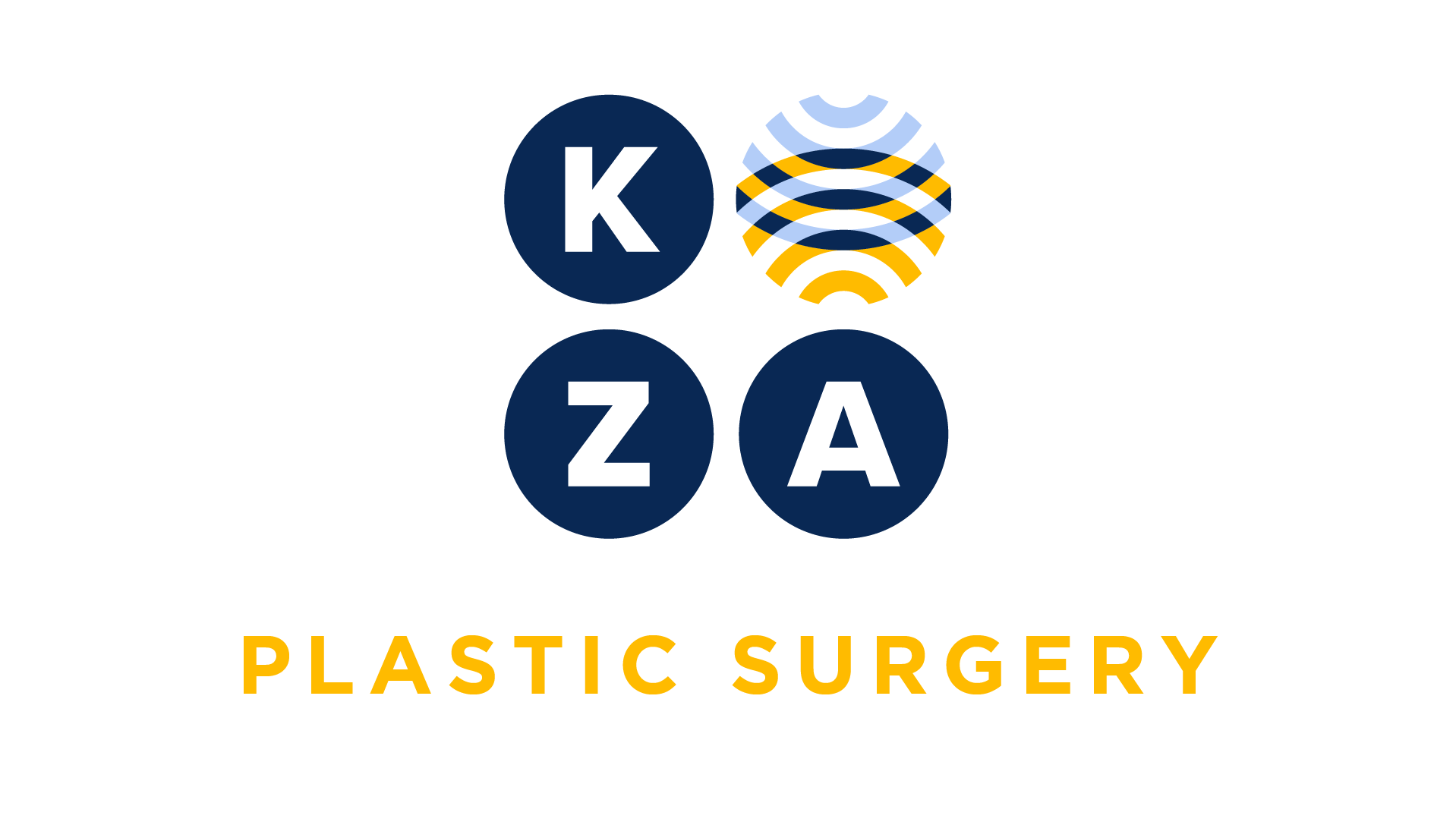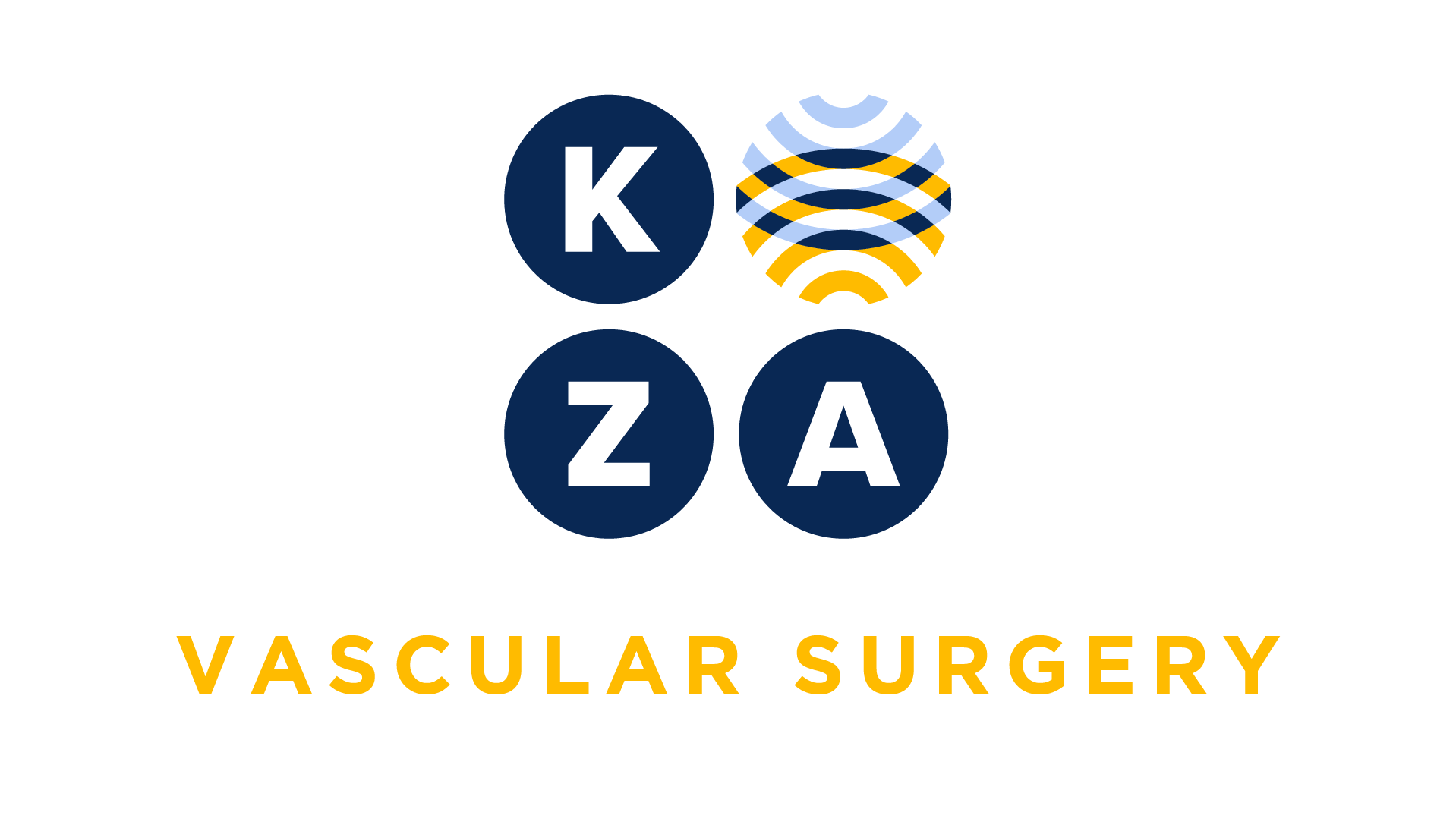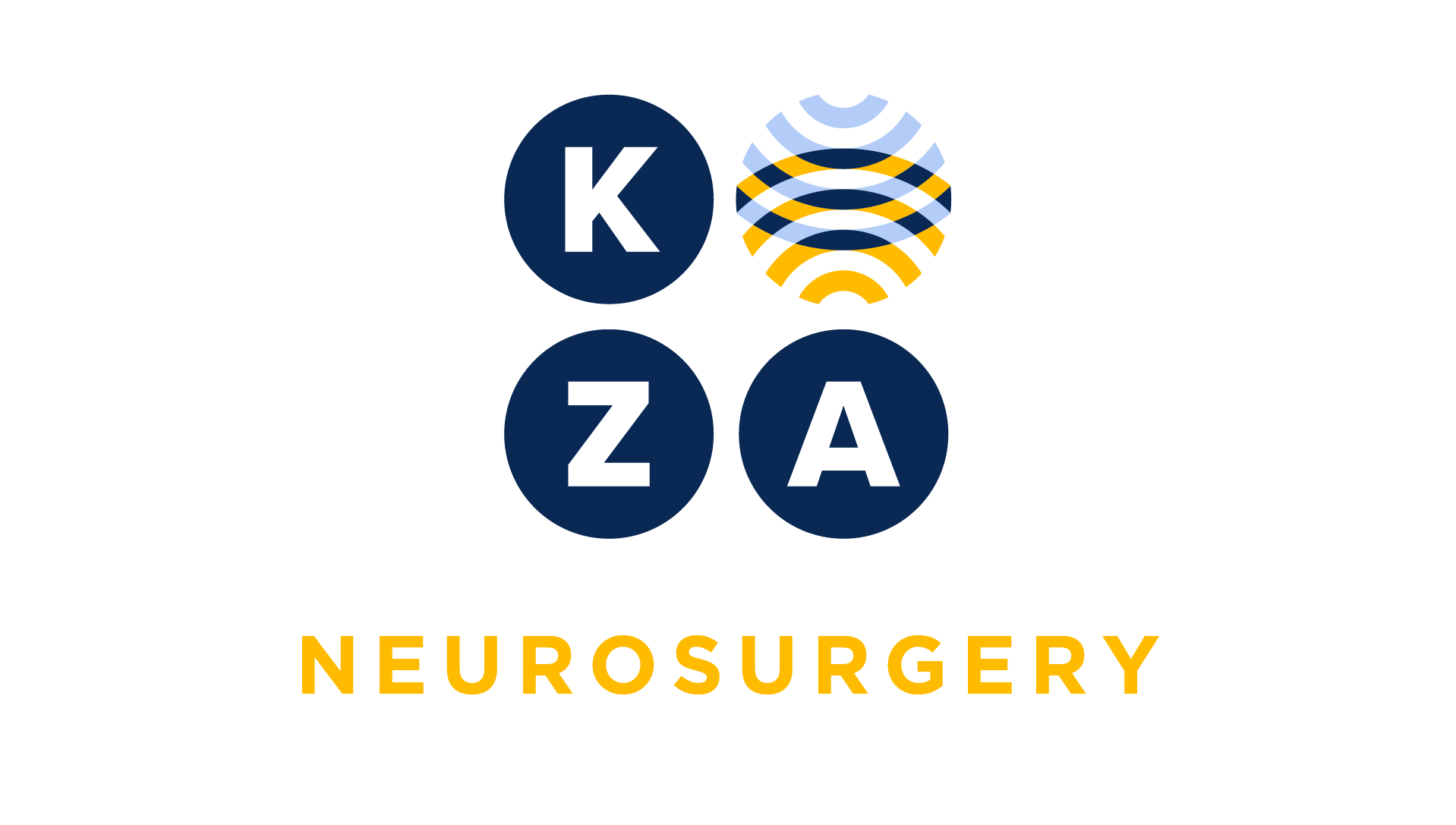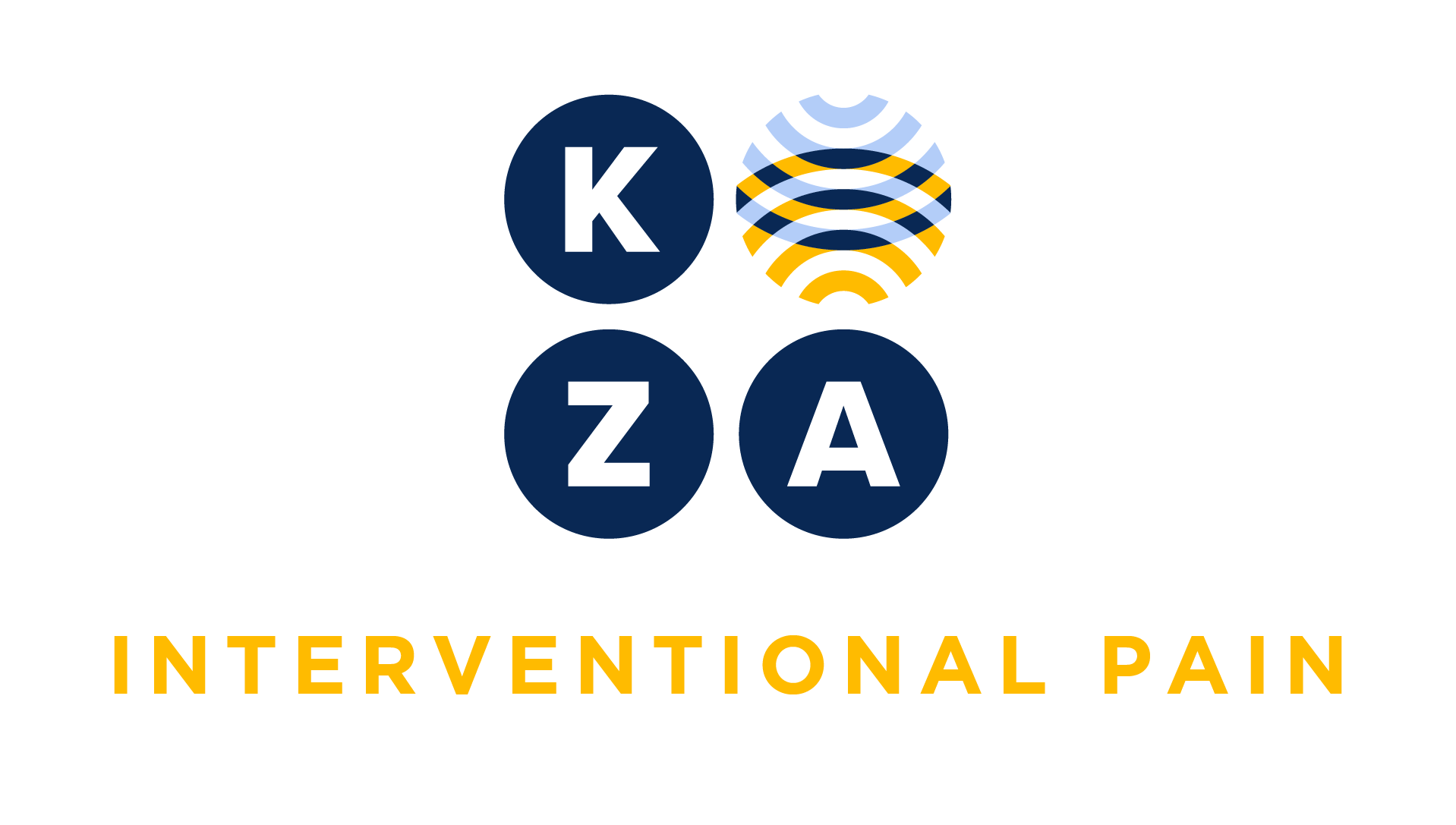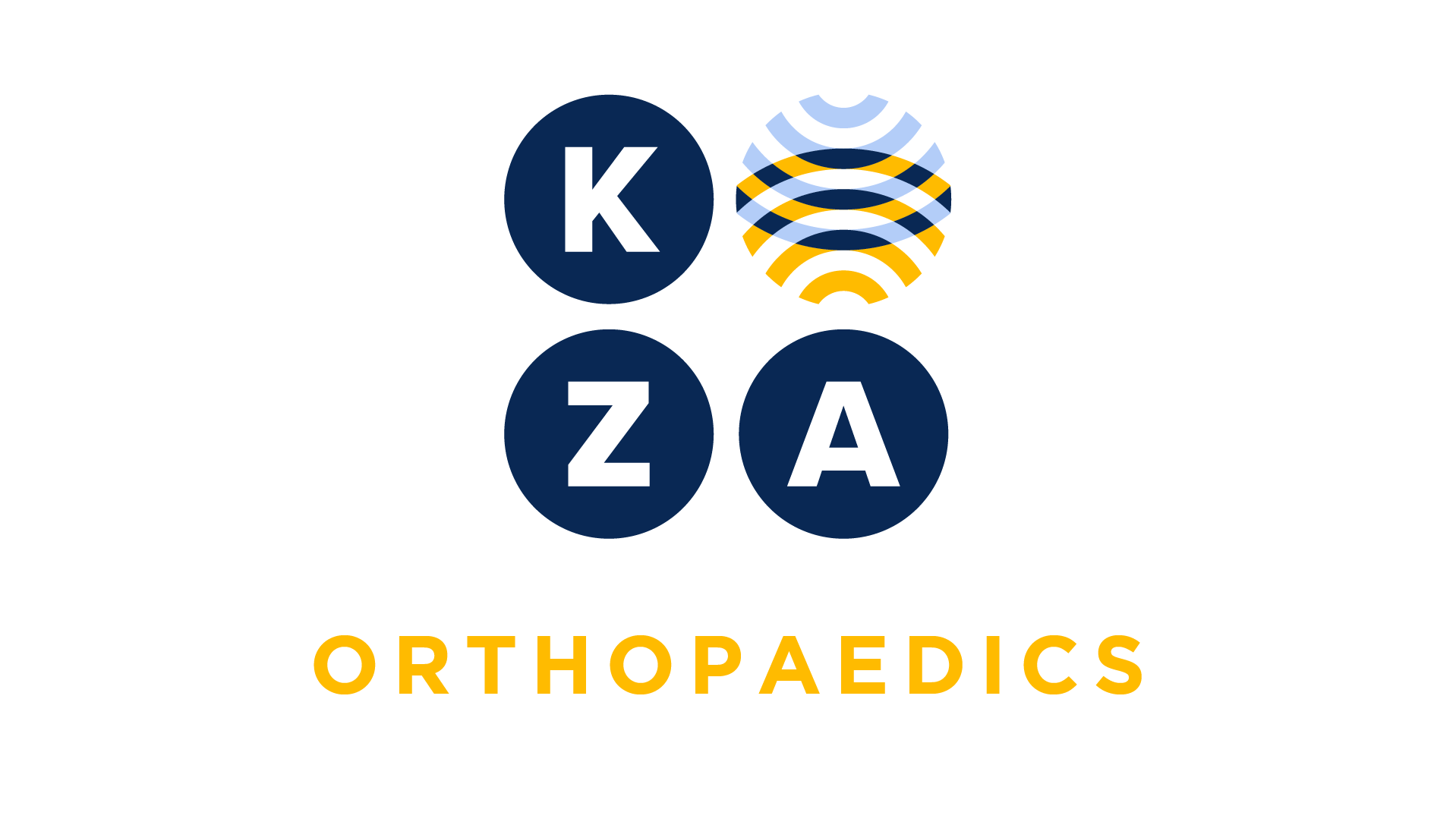
Choose your specialty from the list below to see how our experts have tackled a wide range of client questions.
Looking for something specific? Utilize our search feature by typing in a key word!
Documenting Assistant Surgeon
When acting as an assistant surgeon, should I dictate a separate operative note?
Question:
When acting as an assistant surgeon, should I dictate a separate operative note?
Answer:
No. In a scenario with a primary and assistant surgeon, only the primary surgical dictates the operative note. Importantly, in that note, the specific role of the assistant must be documented. This should be more specific then, Dr. Jones assisted in a complex surgery. The specific activities performed must be documented.
Medicare High Risk Criteria in Carotid Stenting
What does Medicare consider high risk to support a stent instead of a carotid endarterectomy (CEA)?
Question:
What does Medicare consider high risk to support a stent instead of a carotid endarterectomy (CEA)?
Answer:
Patients at high risk for CEA are defined as having significant comorbidities and/or anatomic risk factors (i.e., recurrent stenosis and/or previous radical neck dissection) and would be poor candidates for CEA in the opinion of a surgeon. Significant comorbid conditions include but are not limited to:
- congestive heart failure (CHF) class III/IV;
- left ventricular ejection fraction (LVEF) < 30%;
- unstable angina.
- contralateral carotid occlusion;
- recent myocardial infarction (MI);
- previous CEA with recurrent stenosis ;
- prior radiation treatment to the neck; and
- other conditions that were used to determine patients at high risk for CEA in the prior carotid artery stenting trials and studies, such as ARCHER, CABERNET, SAPPHIRE, BEACH, and MAVERIC
Coding percutaneous rods and screws: Part 1
What if we do the surgeon does an ALIF, 22558 on one day then the second day the only procedure is placing a percutaneous screws and rods (no posterior fusion/bone graft). Do we bill +22840-58 on the second day?
Question:
What if we do the surgeon does an ALIF, 22558 on one day then the second day the only procedure is placing a percutaneous screws and rods (no posterior fusion/bone graft). Do we bill +22840-58 on the second day?
Answer:
Placement of percutaneous screws and rods is reported using the usual posterior instrumentation codes. However, when there is no applicable primary procedure code such as in this case then you’ll have to use an unlisted code for the procedure (22899 Unlisted procedure, spine).
*This response is based on the best information available as of 10/5/23.
Chemodenervation with Needle Electromyography
My doctor performed chemodenervation on all four extremities using needle electromyography. We use CPT code 95874 for the electromyography. My question is do I only report CPT 95874 once for all 4 extremities or can I report 95874 it for each extremity. Do I need to add Modifier 59?
Question:
My doctor performed chemodenervation on all four extremities using needle electromyography. We use CPT code 95874 for the electromyography. My question is do I only report CPT 95874 once for all 4 extremities or can I report 95874 it for each extremity. Do I need to add Modifier 59?
Answer:
Yes, you can report needle electromyography with chemodenervation for each extremity. However, report only one guidance code per chemodenervation code.
Modifier Order on CMS Claim Form
We are submitting a hospital claim form with the modifier 25 and FS modifier. We are unsure which modifier to list first. What is your recommendation?
Question:
We are submitting a hospital claim form with the modifier 25 and FS modifier. We are unsure which modifier to list first. What is your recommendation?
Answer:
Thanks for contacting KZA and remembering to use the FS modifier for shared services provided in the hospital. KZA recommends placing the modifier 25 first, as this is considered a reimbursement modifier followed by the FS modifier, which is an informational modifier.
*This response is based on the best information available as of 10/5/23.
CPT Code 99211
Do you have any source documents on examples of what services a non-physician/QHCP can bill 99211 for? What type of healthcare professionals can bill this code? What are the documentation, signature, and supervision requirements? Can 99211 be billed for long conversations with the MA?
Question:
Do you have any source documents on examples of what services a non-physician/QHCP can bill 99211 for? What type of healthcare professionals can bill this code? What are the documentation, signature, and supervision requirements? Can 99211 be billed for long conversations with the MA?
Answer:
Thank you for your inquiry. CPT code 99211 is not typically used by physicians or NPs and PAs. This code was developed for nurse visits (e.g., RN, LPN/LVN, or MA) within the physician office setting (place of service 11). These services must be in person (face-to-face) and are not billable for telephone calls. The nurse should document any history, reason for the visit, and details about the service provided. Here are a few examples of the type of visits that were shown in the CPT 2020, Appendix C. These examples were removed from CPT in 2021 when the revised office/outpatient Evaluation and Management guidelines were introduced.
Examples of 99211:
- Office visit for a 14-year-old, established patient, to re-dress an abrasion. (Orthopedic Surgery)
- Office visit for a 58-year-old male presenting for nursing examination of a wound. Patient had incision and drainage of abscess in the ER. (General Surgery)
- Office visit for an established patient for dressing change on a skin biopsy. (Dermatology/Podiatry Surgery).
- Office visit for a 45-year-old female, established patient, three weeks post simple repair of scalp laceration, noted a retained suture in healed wound, removed by nurse. (Plastic Surgery)
- Office visit for a 50-year-old male, established patient, for removal of uncomplicated facial sutures. (Plastic Surgery)
Since the service will be billed under the physician who is on-site supervising the nurse (this is called “Incident-to” billing, in addition to the above requirement for the billing physician to be on-site, there must be an order in the chart for the service to be provided and the billing physician should co-sign the nurse’s documentation.
Do you have a Coding Question you would like answered in a future Coding Coach?
If you have an urgent coding question, don't hesitate to get in touch with us here.

